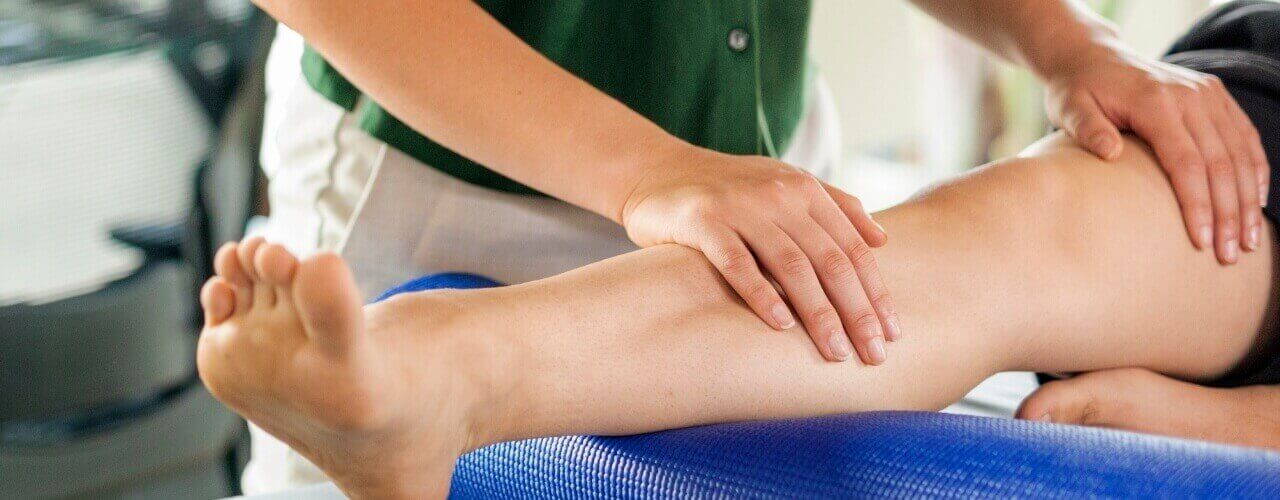Ashley G. George, DPT working with Arthur C. Spears, patient at the New Orleans East clinic
There are approximately two million people currently living in the United States with a lower limb amputation. The majority of cases are caused by some form of trauma or from complications of vascular diseases like diabetes. An amputation can be a very long and complicated surgery to recover from, both physically and mentally.
Residual limb pain management and coping with the changes in home and work roles following surgery are all part of the recovery process. Physical therapy is an integral part of recovery following an amputation because an amputee will have to learn to complete all aspects of mobility and daily activities without part of one of their limbs. The rehab process begins in the hospital as soon as the day after surgery and is usually followed by a stay in inpatient rehab before returning back to the home environment. Then, ideally, the patient will be ready to transition to higher level therapy in the outpatient setting. An important goal of therapy at this level would be, once a patient has fully healed, to begin the process of receiving a prosthesis and learning to stand and ambulate with it.
At all levels of therapy, education is a key component of the rehab process. The amputee will have to learn to care for their residual limb, including how to wrap it and frequently check the skin for areas of breakdown. And, once they receive their prosthesis, they will have to learn how to properly don and doff it as well as how to keep it clean. The recovery process following a lower extremity amputation can take about 6 months for a patient to return to their optimal level of function post-surgery. Participating in physical therapy can be a very rewarding process and is vital to regaining functional independence following an amputation.



